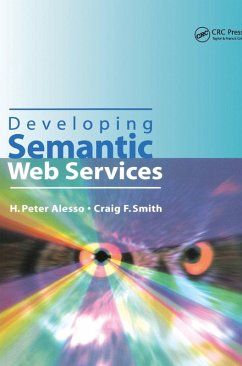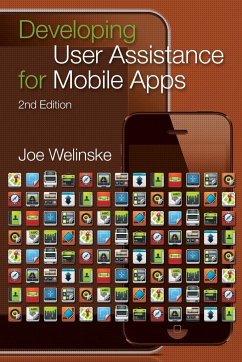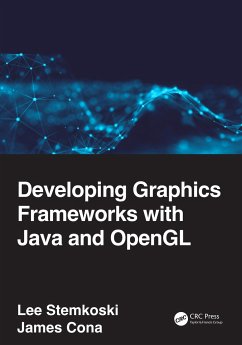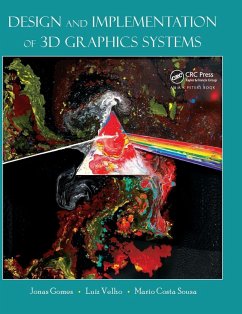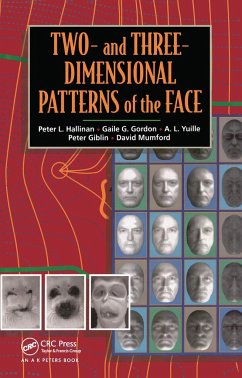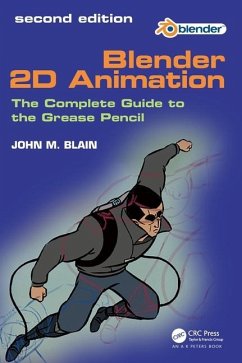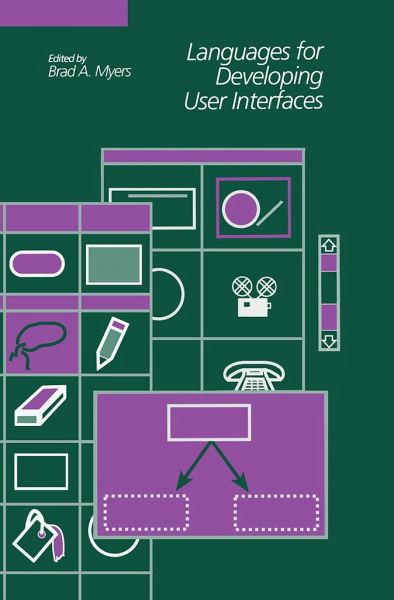
Languages for Developing User Interfaces
Versandkostenfrei!
Versandfertig in 1-2 Wochen
74,99 €
inkl. MwSt.

PAYBACK Punkte
37 °P sammeln!
This book focuses on the new approaches that may allow the next generation of computer programming languages to better support the creation of user interface software. It is of interest to creators of toolkits and people creating end-user applications that want to provide end-user customization.





